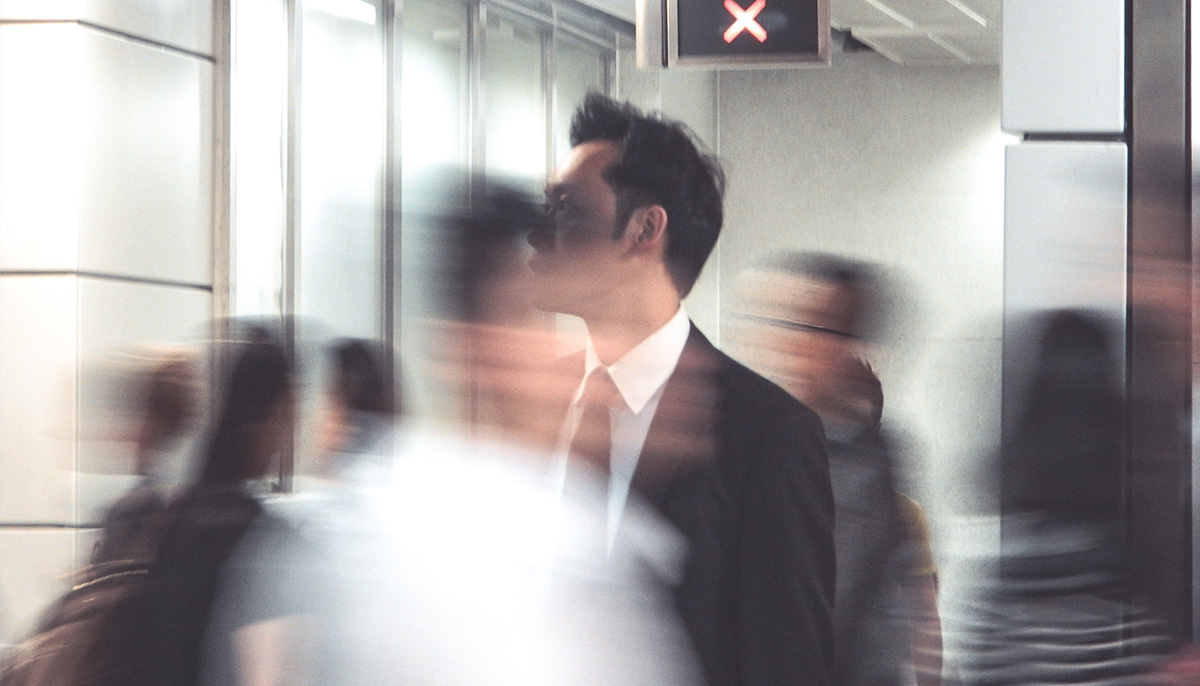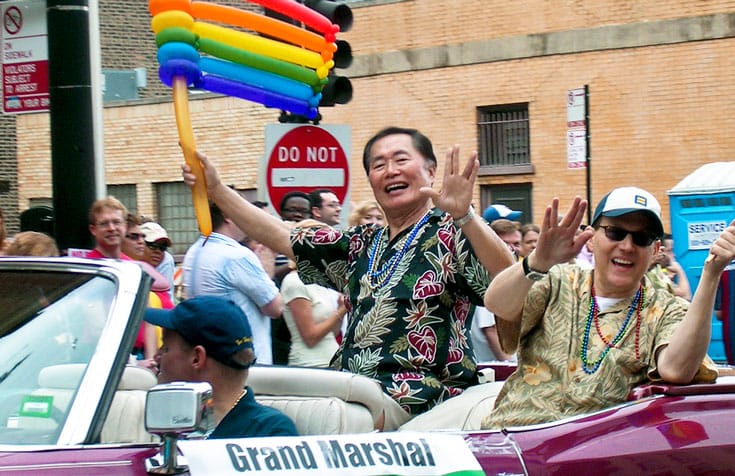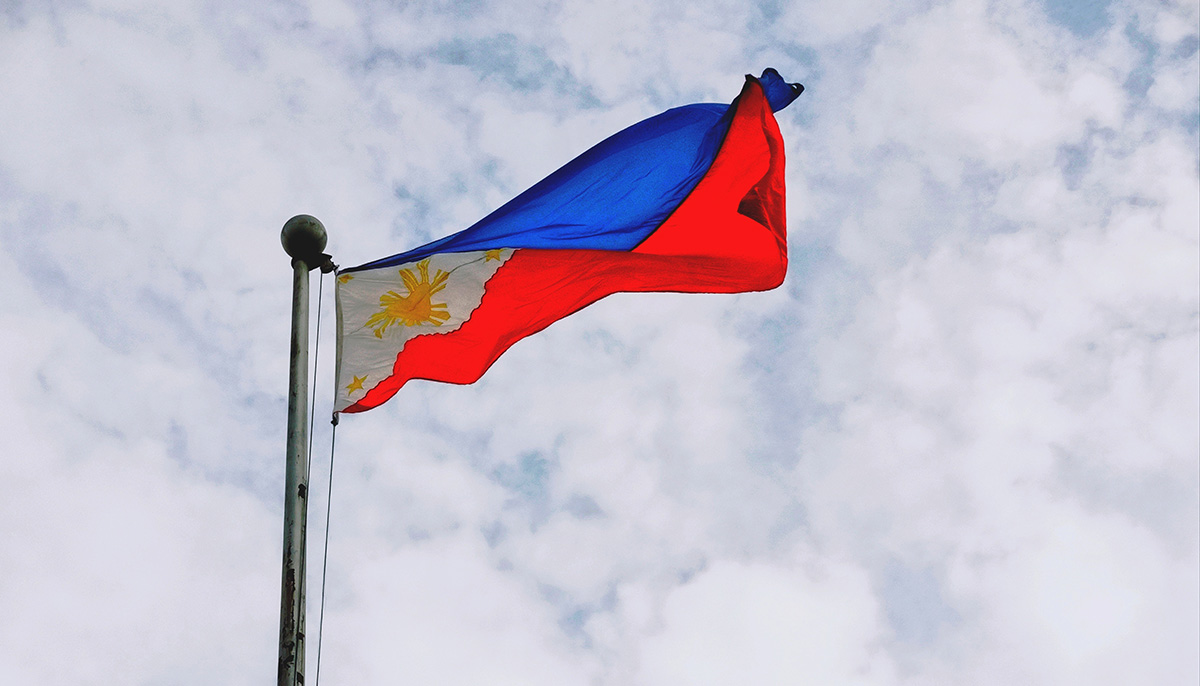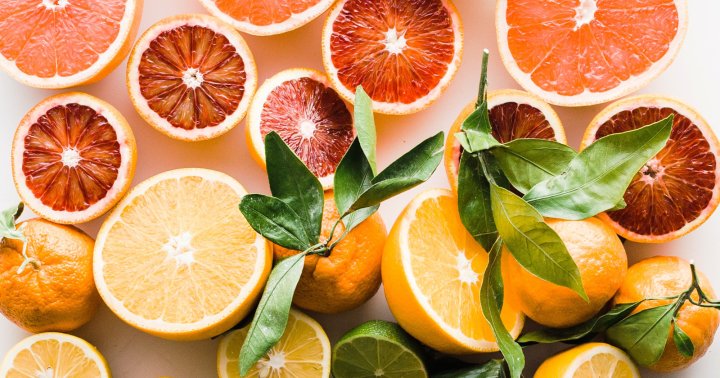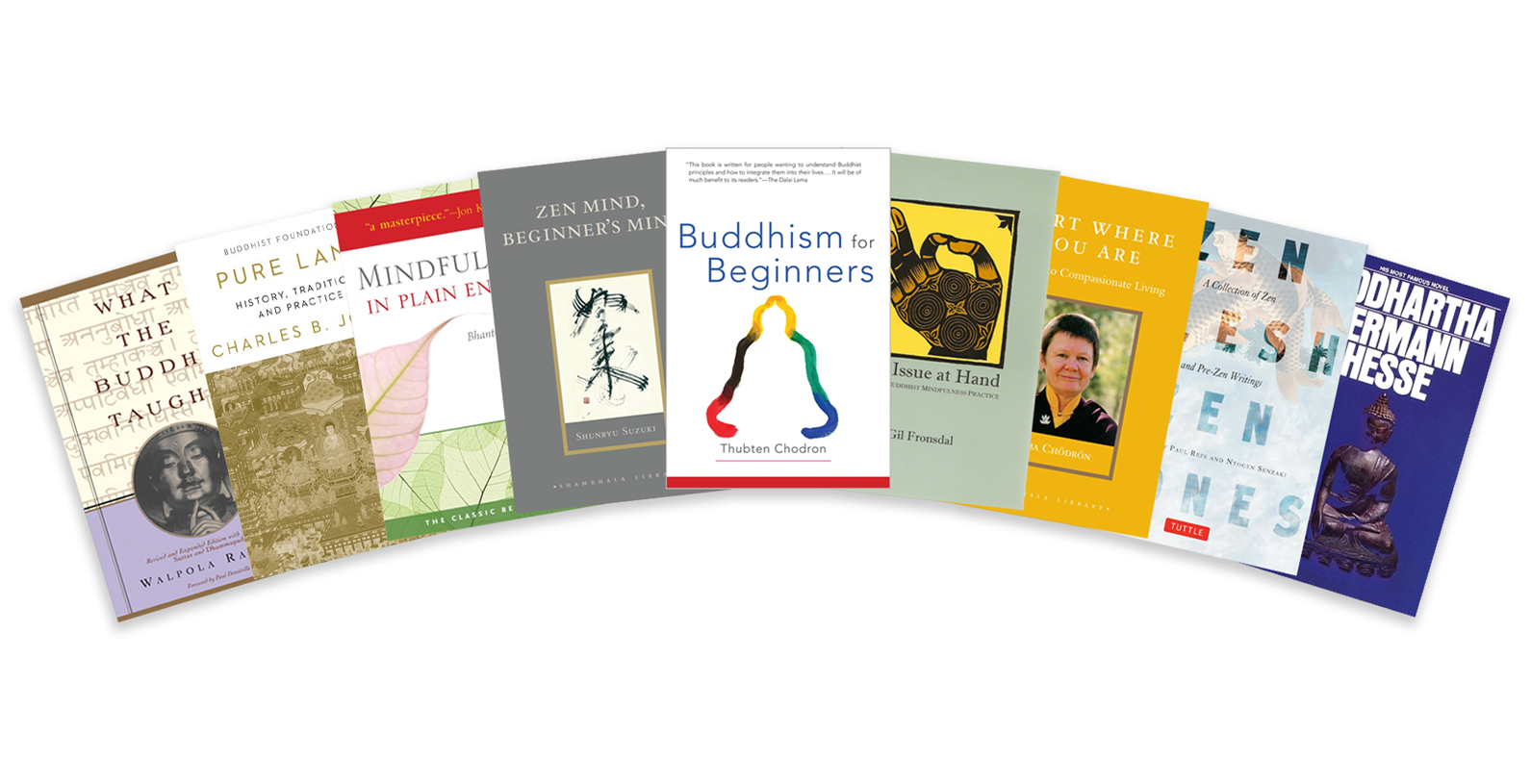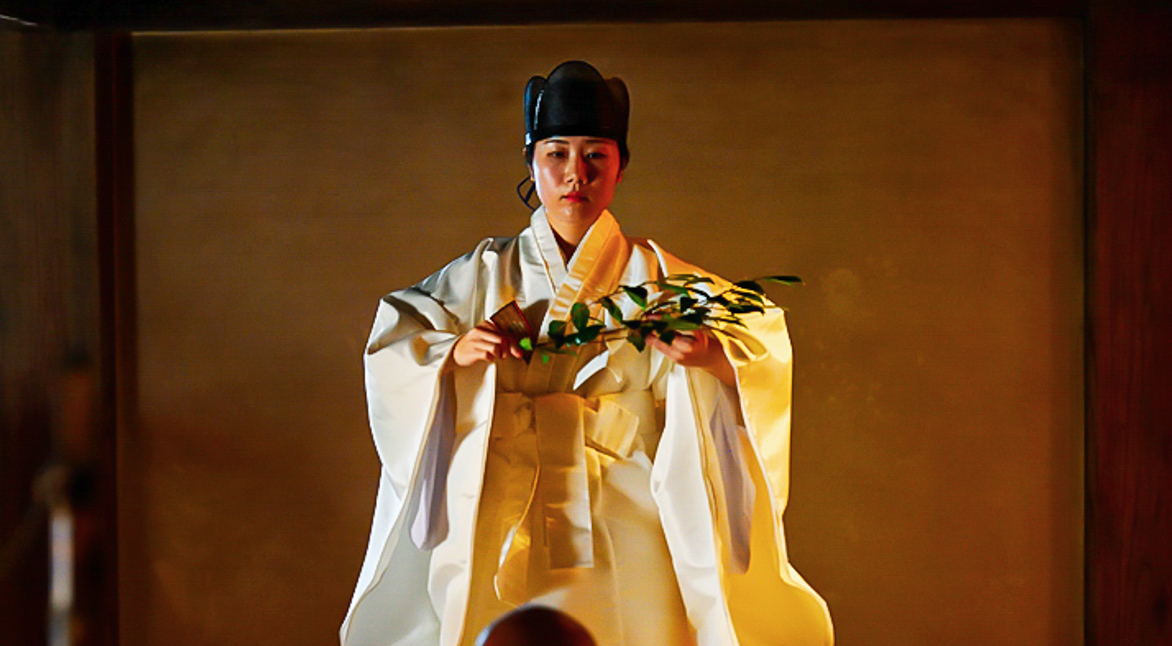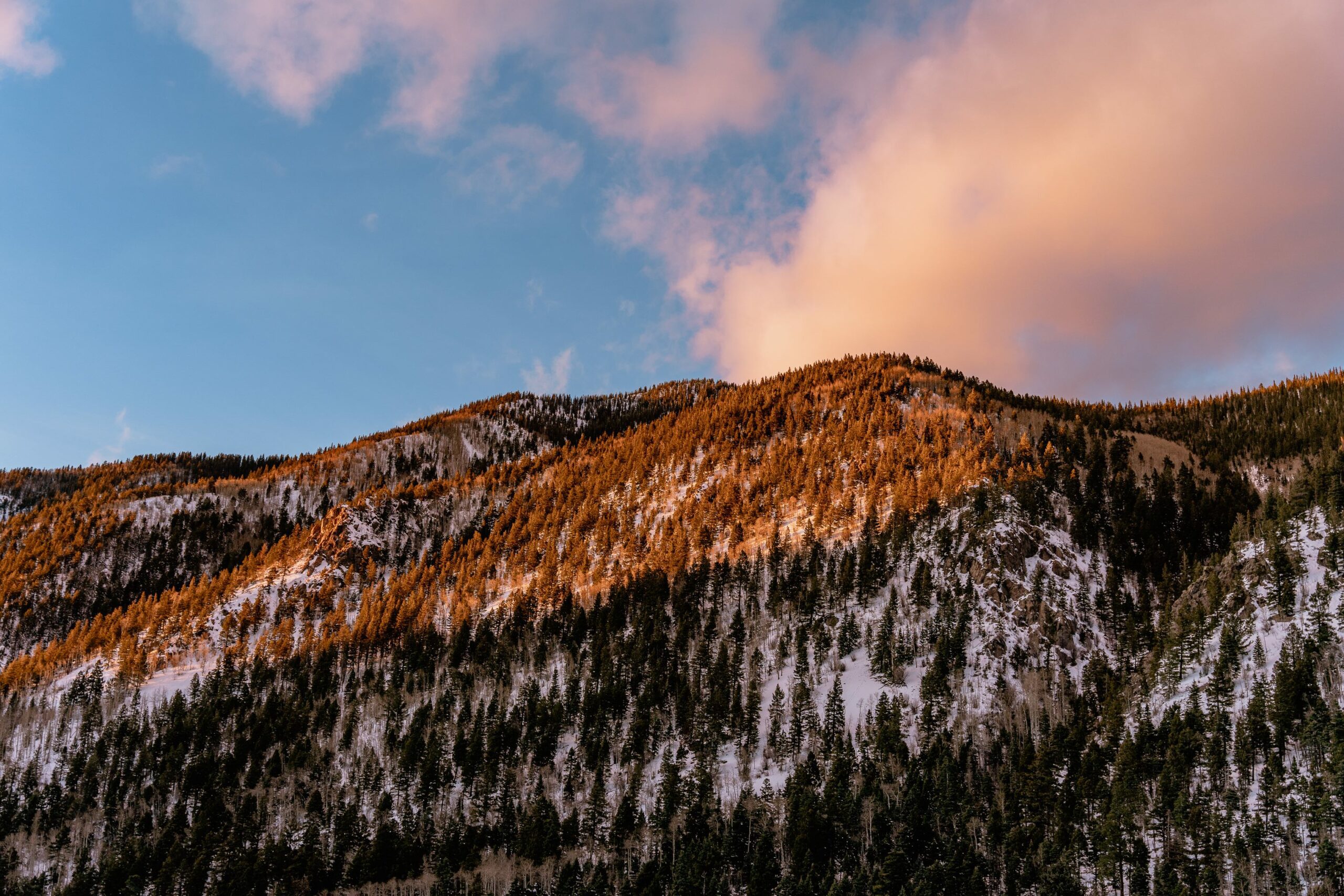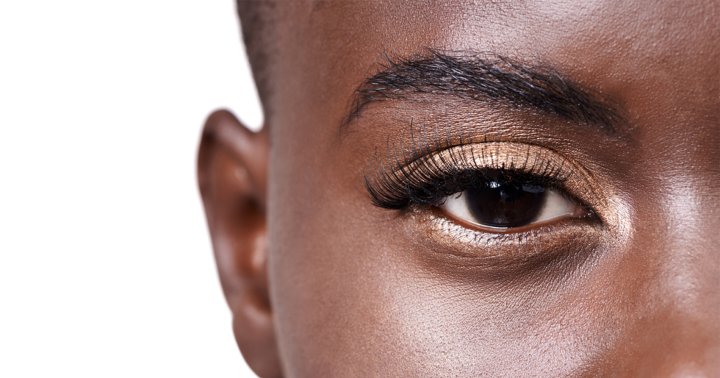Celebrating AAPI Heritage Month
For Asian American and Pacific Islander Heritage month, we're sharing articles by and about Asian American Buddhists from our archives. The post Celebrating AAPI Heritage Month appeared first on Lions Roar.

For Asian American and Pacific Islander Heritage month, we’re sharing articles by and about Asian American Buddhists from our archives.

May is Asian American and Asian Pacific Islander (AAPI) Heritage Month!
Every week this month, Lion’s Roar will highlight several articles by or about Asian American Buddhists from our archives. Each week’s articles will focus on a different theme, curated by Associate Editor Mihiri Tillakaratne.
We hope you enjoy exploring the complexity, struggles, and joys of the Asian American Buddhist experience!
Here are some examples of the stories we will share in the weeks to come:
Searching for Asian American Buddhists
In this excerpt from Be the Refuge: Raising the Voices of Asian American Buddhists, Chenxing Han shares how Asian American Buddhists are not only often invisible to the mainstream, but to each other.
“Who do you think are the most famous Buddhist individuals in America?” The Dalai Lama and Thich Nhat Hanh are the first names to come up, of course.
“And what about Buddhists living in America?” Jack Kornfield, Robert Thurman, Steve Jobs, Sharon Salzberg, Joseph Goldstein, Richard Gere, Tina Turner, Pema Chodron, Joan Halifax … A deluge of answers from the thirty-two people in the room.
“What about Asian American Buddhists?” Crickets.
George Takei on “Being Gay, Being Buddhist”
The actor, author, and undisputed King of Social Media reflects on his fascinating personal history: his childhood and his family’s internment during World War II, his life as a gay man and activist, how far we’ve all come, and why we must press on together.
I was born to a Buddhist family — my father was Zen and my mother was Shin, and both were rather casual about it. Before Internment all I remember of Buddhist temples are the funerals and the weddings.
Then the Internment came. It was a very chaotic time. I don’t remember much religion except that my mother had created a tiny altar in our little barrack room.
Reclaiming Our So-Called “Cultural Baggage”
Asian American Buddhist communities have for years been dismissed by “convert” Buddhists for carrying “cultural baggage.” Nalika Gajaweera says the response should not be to let it go but to claim it as a mark of cultural responsibility.
You can often hear Western meditation-based convert circles use the term “cultural baggage” to refer to the ritualized acts, cosmological ideas, and devotional practices associated with “heritage” Buddhist communities. This is in contrast to the idea of a more “authentic” or “true” Buddhism that is consonant with a modern rationalized worldview. In my research among meditation-centric convert Buddhist communities, I consistently observe a reluctance to take “heritage Buddhist” practices and cosmologies seriously, with many of my interlocutors often commenting on these ideas’ incompatibility with their own interpretation of Buddhism.
Filipino Americans Share Their Journey to Buddhism
Jen Racho, Karl Palma, Victoria Mausisa, and Jury Candelario share a look into their spiritual journeys and what Buddhism means to them.
The Philippines is nestled in Southeast Asia, near richly Buddhist countries like Thailand, Cambodia and Vietnam. To the north of the Philippines are China, Korea and Japan, countries with long Buddhist traditions. Even neighboring Indonesia, a predominantly Islamic country, has a complex Buddhist history — search “Borabudor” on Google. Besides the scant Buddhist artifacts discovered in the Philippines, the country is not known for its Buddhism. That is certainly changing as more temples pop up influenced by Chinese and other Asian immigrants who are calling the Philippines home.
Even though the Philippines is not a “Buddhist country,” Buddhist Filipinos do exist and are thriving, particularly in America.
The Creative Force: In Conversation with Novelist Ruth Ozeki
Novelist Ruth Ozeki, author of My Year of Meats, A Tale for the Time Being, and The Book of Form and Emptiness discusses her creative process, the transformative power of grief, and what it’s like growing up mixed-race in America.
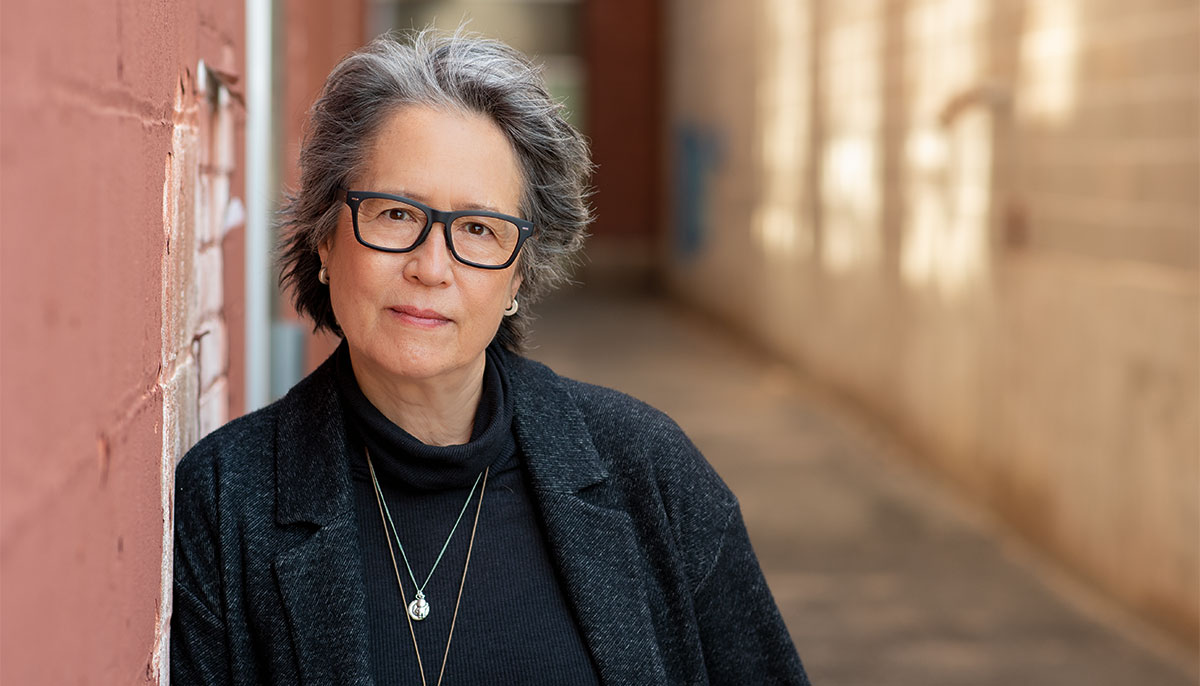
Nancy Chu: The Book of Form and Emptiness is about a boy, Benny, whose father dies. In response to that tragedy, Benny begins to hear voices, while his mom, Annabelle, develops a hoarding problem. What does this novel say about loss?
Ruth Ozeki: Grief sensitizes us, it opens us up. With Benny, his grief and his confusion over his father’s death make him more receptive to things that perhaps the rest of us can’t perceive. Annabelle, too, is a deeply receptive person who sees the beauty in everything, and this is why she hoards. She’s drawn to objects and their histories because they have an animate presence and energy for her.

 Aliver
Aliver 